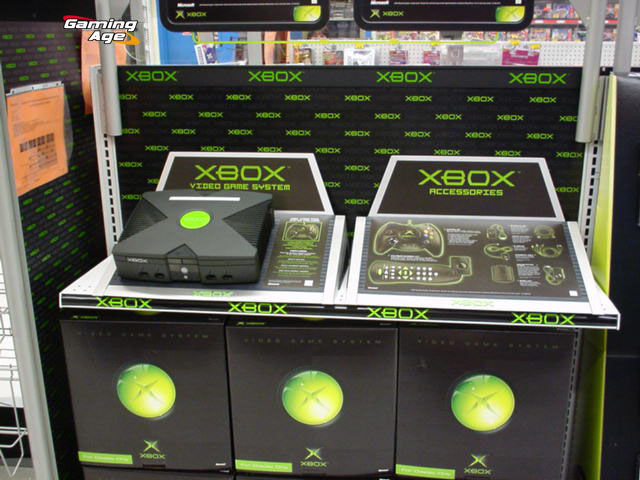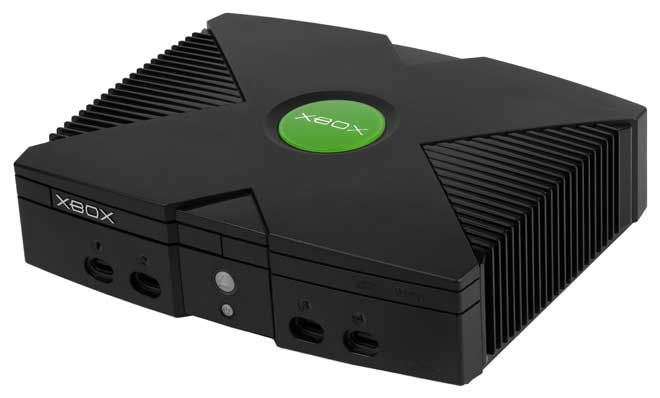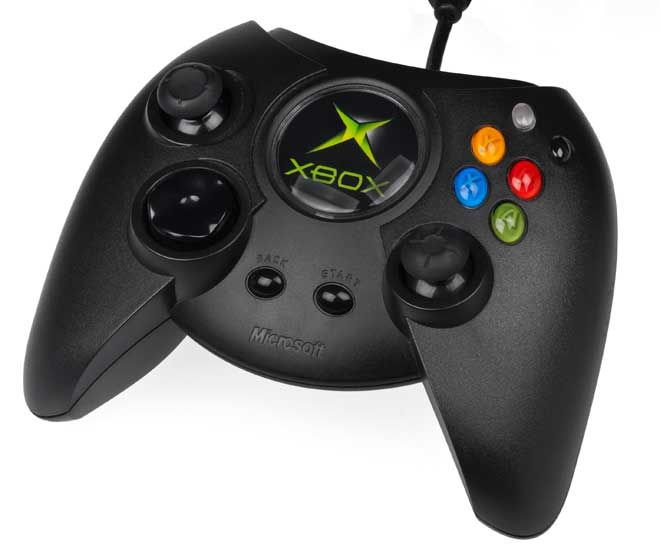TeamXbox
The time to catch up came in late July 2001 when I had a crisis: I had no TV to play this console on and I needed to know if Microsoft would be releasing a VGA adapter so I could use my computer monitor instead. At the time, in absence of Xbox news, I’d actually given thought to getting a new computer, so I wasn’t quite sold on a full investment on a console yet. I found MSXbox.com first and once again dove headlong into the fray, reading lengthy essays about how the console hardware worked compared to other consoles, like the insanely popular Sony PlayStation 2 that had launched a year before and the Nintendo GameCube, which was launching around the same time as Microsoft’s console.
Unfortunately, MSXbox didn’t have the answer I really needed, so I wound up on the TeamXbox forums, a trip I wouldn’t return from as I spent the next nine years there, ultimately meeting our very own Johnny, Keith, and Rob, friendships that would allow for the creation of FleshEatingZipper. I went from specs to screenshots to movies (which on a mere 128k downstream DSL was not an incredible experience a decade ago) and it was a single movie in particular on the defunct XboxMovies site that sold me on the whole thing:
In a crummy over-the-shoulder cam video from E3, one that went no longer than about three minutes, I saw a Time Trial night race in Project Gotham Racing. It was in Times Square and it had just rained per the reflections in the road. As the car accelerated down the drag past several shops, light bent along the curves of the car, something that I’d never seen in a game before (and certainly not on my computer). In the gutters, the storefronts were reflected in pools of water. This was no cheap effect, this was something being done in real-time. This was the moment that did it, that sold me on a whole new style of gaming, something totally new, and I was going to be in on the ground floor.

How To Be A Fanboy
I didn’t even know what a fanboy was until it was far too late. I was in too deep. The screenshot wars came next, where we’d critique pictures of games from various consoles and go over aliasing artifacts, use of shaders, draw distances, and other graphical minutiae. As Microsoft began to release more advertising, including a massive promotion with Taco Bell to give away thousands of the consoles, I became obsessed. Not helping matters was the release of the Official Xbox Magazine (another Future mag) which was decked to the gills with fanboyish prose and previews (as well as large, pixelated shots of Xbox games). I didn’t just drink the Kool-aid, I knew how it was made, who created it, and all of its varieties. When Point of Purchase marketing materials started arriving in our store, it just made things even worse.
Of course, my enthusiasm couldn’t be contained. It irked me to a degree when a game like Grand Theft Auto 3 released on the PlayStation 2 and I knew it would be superior on Xbox when it released. Of course, Microsoft had a bit of an uphill battle: they’d just come off a PR-bruising antitrust trial, their 9x-flavored versions of Windows (98 and ME) were blue screen-friendly (the just-released XP wouldn’t make a dent in that image for years), and the impression that this was just going to be a crash-friendly ‘Bill Gates’ box was a strong attitude at the time. I tried to convince these people that they were wrong, but that would take time.


The Xbox
The only thing bigger than the console’s branding, complete with highly visible green game cases, was the hardware itself. The console was massive, its convex curves on every face conveying that Microsoft barely got the guts inside each console. The truth of the matter is that each box was barely-customized hardware, including a full 3.5″ hard drive that ran alongside the DVD drive. These almost-off-the-shelf components meant that Microsoft was going to be losing a lot of money on each unit and, of course, it was going to be very difficult to control the size. It also weighed a hefty 8.5 pounds, making transportation fun for LAN parties. The console had two buttons: power and a disc eject button with a lit green ring. When the hardware failed, the ring shifted to red, an aspect that that would carry on to its successor.
Similarly large was the colloquially-named “Duke” controller. The first time with an Xbox came when our store set up the demo unit days before release. Included were demos of NFL Fever 2002 and party game Fuzion Frenzy, along with videos for action-adventure title Azurik: Rise of Perathia, PGR, and more. Somehow the Xbox design team concluded that American players wanted bigger controllers, ultimately designing a smaller controller for the Japanese market when the console launched there a few months later. I loved the controller and personally hoped they would launch a large ‘Duke 360’ for the successor console.
In either case, the controllers were innovative, featuring extra long cords with break away points in case a yank came too quick, saving the lives of many children who could’ve potentially been crushed by the heavy console. They connected to modified USB ports; inside was a beautiful, dark green braid to insulate the wiring. Memory cards plugged into dual ports on top of each controller, saving you the hassle of having to plug both your controller and storage into the console, they would later serve the Xbox Live headset as well. The elliptical face buttons were laid out in a slanted diamond pattern based on natural thumb placement. On the ventral side were a pair of sturdy analog triggers, ideal for racing games and shooters.
The console’s hard drive allowed for internal storage of game saves, caching of game data (allowing for games with larger levels and interesting gameplay variants), and storage for music, which could be brought into select titles, overriding in-game soundtracks. Storage was measured in ‘blocks’, but the drive was limited to 8GB. The Xbox was also the first console to feature an ethernet port, allowing for instant LAN play with existing network equipment, but also part of a mandate for broadband-only connections to Xbox Live. The console output in 1080i in select games with a component connection.
Launch
At E3 2001, Microsoft unveiled a $299.99 price point and a November 8th, 2001 launch date. Because of transportation issues following the 9/11 attacks, the launch was pushed back a week to November 15th. The primary launch event was held at Toys ‘R’ Us’s Times Square store with Bill Gates and the major Xbox team members in attendance.
I remember the first time playing Halo after bringing my console home and hooking it up, getting used to using two sticks in a shooter instead of a keyboard and mouse. What I didn’t realize then was that this layout would be copied to virtually every first and third-person action game that followed and then some, allowing for easy immersion regardless of title. I didn’t have many friends with the console until I ended up in college. The Xbox had a long road ahead of it, but I was so happy to be there in the beginning; to see how Microsoft would end up changing video gaming forever.
Note: Much of the behind-the-scenes info was provided by Dean Takahashi’s fantastic book “Opening The Xbox”, which I read through several times, the first in a marathon session. It’s an extremely informative and entertaining look at what happened at Microsoft during the creation of the Xbox.
> Continue on to Part 2 – The First Games






Don't Keep This a
Secret, Share It